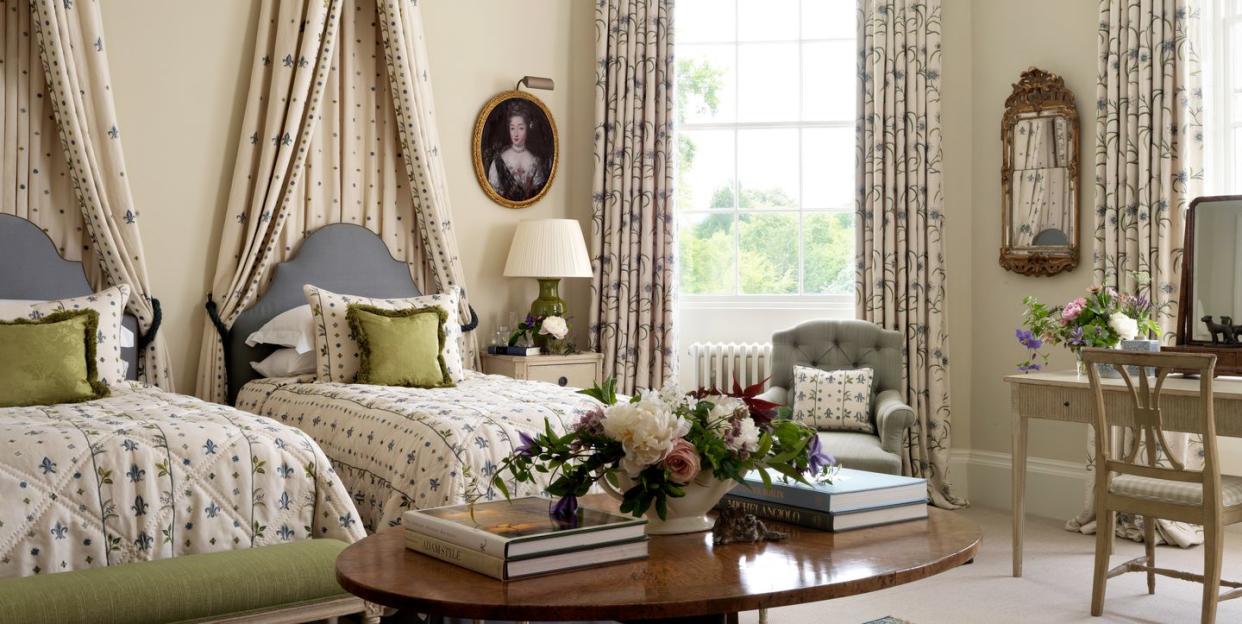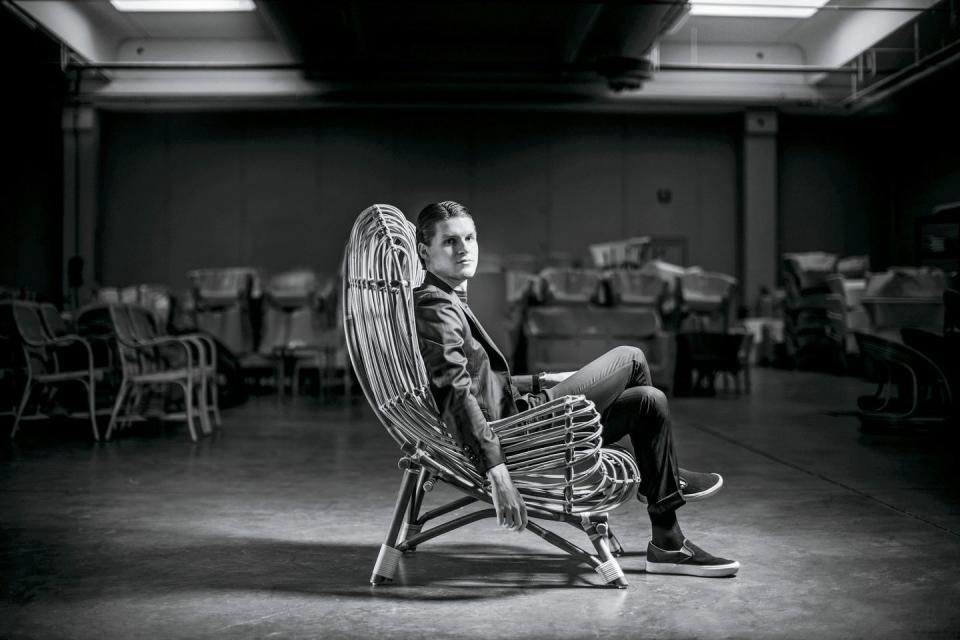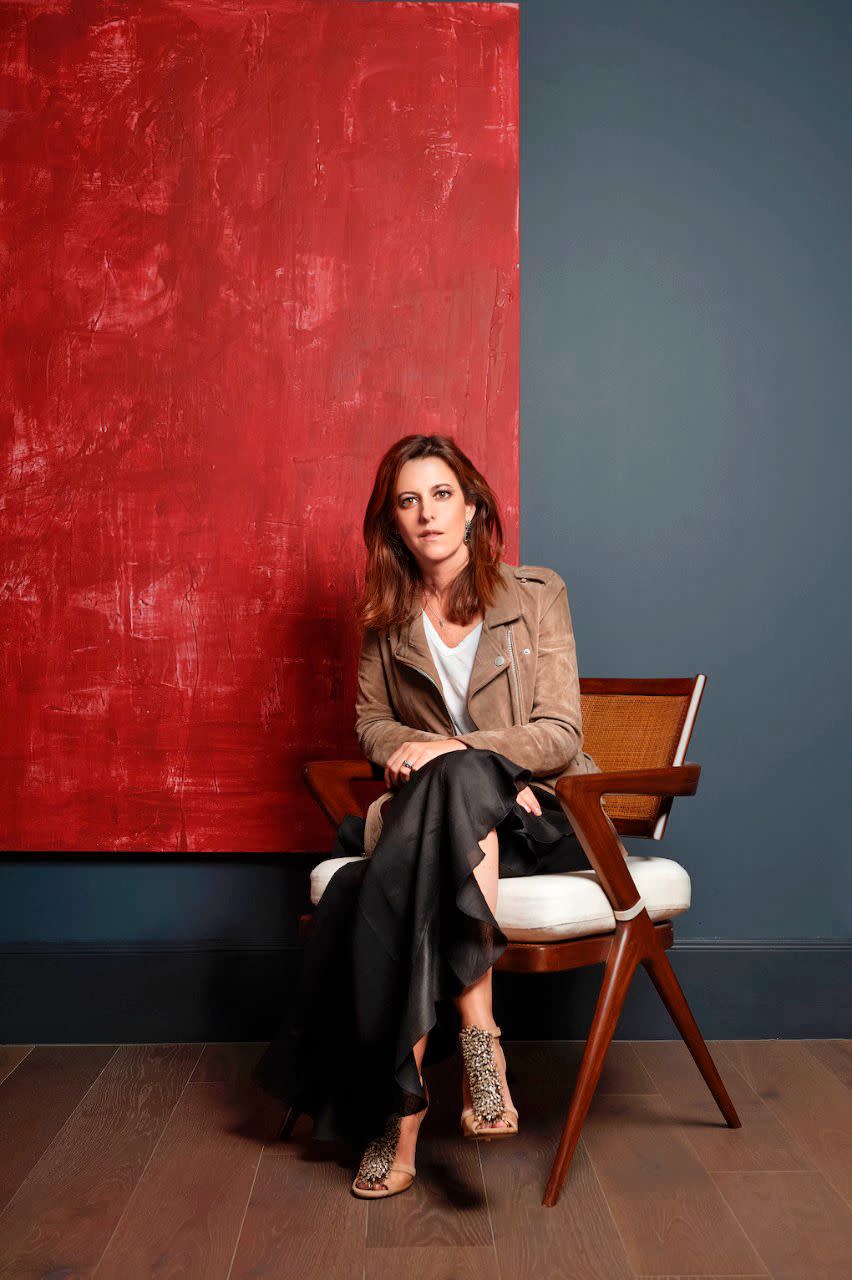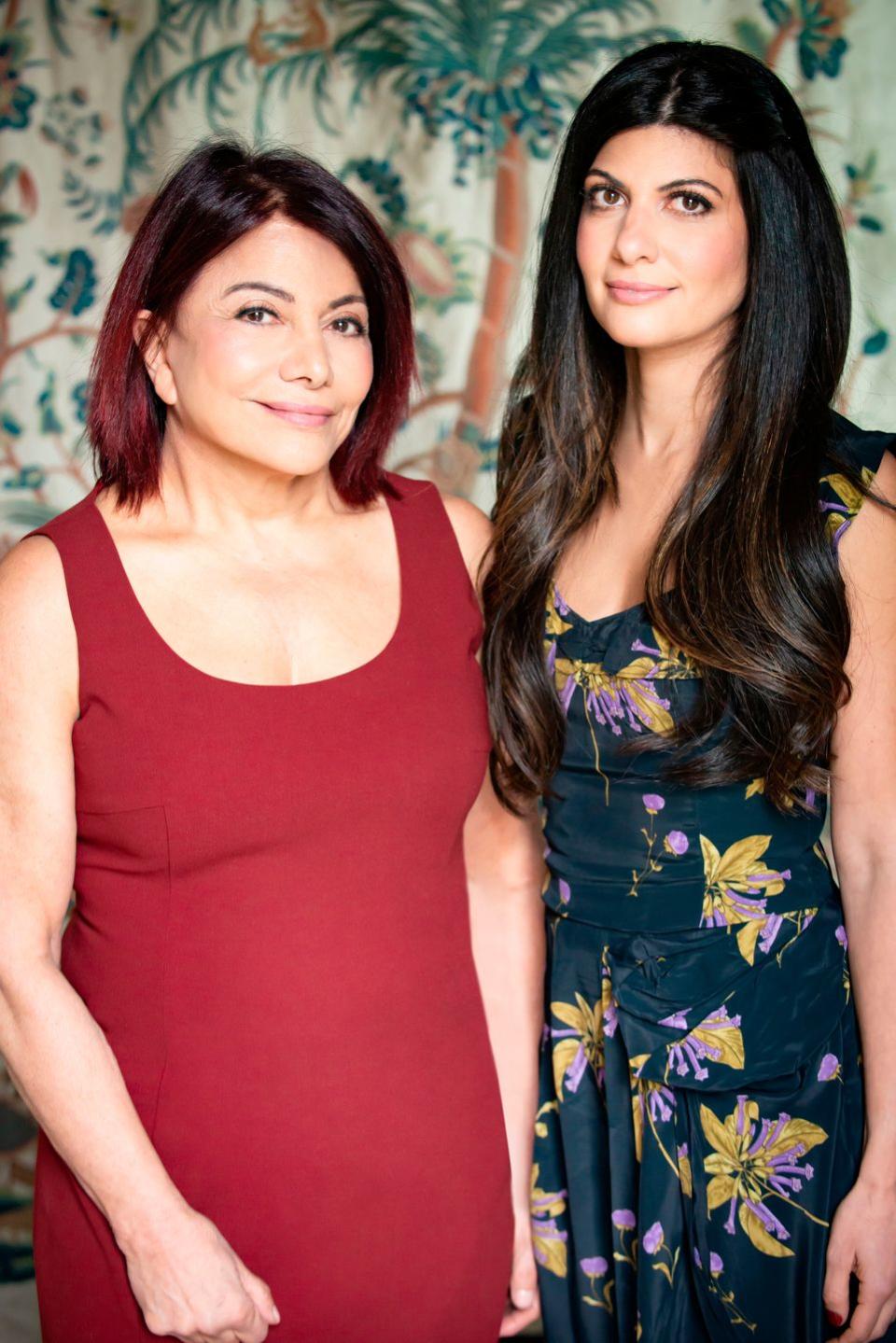Meet the Legacy Furniture Makers Reinventing Modern Craft

Bonacina’s New Preservationist

“We continue to make everything as my great-grandfather did 134 years ago,” Elia Bonacina says of the design and production processes of his family’s Italian furniture workshop. The fourth-generation president and CEO of Bonacina grew up “a stone’s throw” from the studio in Brianza, north of Milan close to Lake Como and the Alps. He watched, as did his father and grandfather, the chemistry of basketry and furniture making as the artisans bent rattan with fire and wove it into curvaceous armchairs and sculptural sofas with their fingers.
Throughout the 20th century, Bonacina became renowned for avant-garde furniture collaborations with design giants like Italian modernist architect Gio Ponti and interior designer Renzo Mongiardino, with many of their original designs still in production. Elia is shepherding the preservation of his family’s innovative heritage with the opening of the Museo Galleria Giardino, a historical archive celebrating the brand’s evolution, from 1889 prototype furnishings and midcentury lacquered lounge chairs to archival designs now suitable for outdoors.
He is also carrying on the tradition of designer partnerships with a new 10-piece seating and case goods collection by Francis Sultana, who’s weaving nature-inspired details like copper twig accents and coral branch-like frames into the brand’s iconic sinuous silhouettes.“Our aim,” says Elia, “is to makes low cool again.”
Alfonso Marina’s Master of Craft

It’s crucial to preserve the methods and processes used in the past to craft quality furniture today,” says Isabel Marina, the second-generation leader and creative director of Mexico City–based Alfonso Marina. Initially passionate about naval architecture, Isabel knew the career prospects in Mexico were limited, so she pivoted to studying industrial design before joining her father’s legacy of handcrafted wood furniture. She now applies her modern eye to the revival of Alfonso Marina’s traditional techniques.
Each of the 200 artisans within its two factories is dedicated to a single element of the process, from framing and hand-carving to bone inlay and patina finishes. “We create our own marquetry by cutting and sand-burning each piece,” adds Isabel. “Our goal is to create pieces that are not limited to specific historical periods or origins and will become antiques of the future, repeating once again the creative cycle throughout history.”
Isabel continues to steward Alfonso Marina’s 50-year heritage into a new era by redesigning its20,000-square-foot flagship store in Mexico City into an immersive luxury showroom; opening a second factory dedicated to upholstery, tables, and chairs; and launching a lighting collection.
Chelsea Textiles’ Decorative Historian

Jenny Simpson remembers coming home from school to find her mother, Chelsea Textiles founder Mona Perlhagen, in the kitchen dying trims for needlepoint cushions. Mona launched her London-based textiles company in 1990 to recreate exquisite1 7th- and 18th-century hand-embroidered fabrics suitable for au courant interiors and, in doing so, created a brand now synonymous with English country house style.
Jenny has followed her mother’s lead since joining as second-generation design director and Chelsea Textiles in 2005, growing the antique furniture reproductions side of the business. She’s combed shops in the U.K., the U.S., France, and Sweden (a nod to her mother’s time living in the country) for original pieces to reimagine into indistinguishable new creations, from hand-carved Gustavian benches to a hand-painted French country commode with a stenciled leaf pattern.
Another debut includes a distressed pine latticework garden chair inspired by an 18th-century Chippendale-style model she found. “This outdoor version gives the look of an antique piece but with durability,” Jenny says. By leaning on her mother’s advice to never follow trends, Jenny is reinterpreting historic styles for how we live today. And in that sense, the past has never felt so present.

VERANDA Magazine
$18.00
veranda.com
Featured in the July/August issue of VERANDA. Produced by Rachael Burrow.
You Might Also Like

